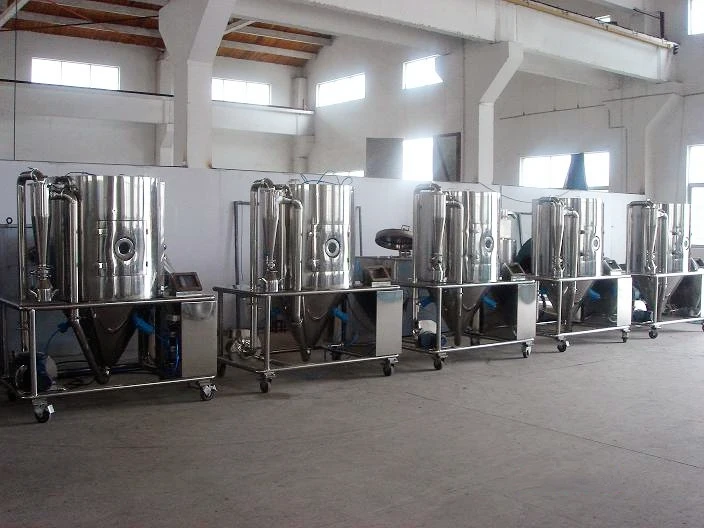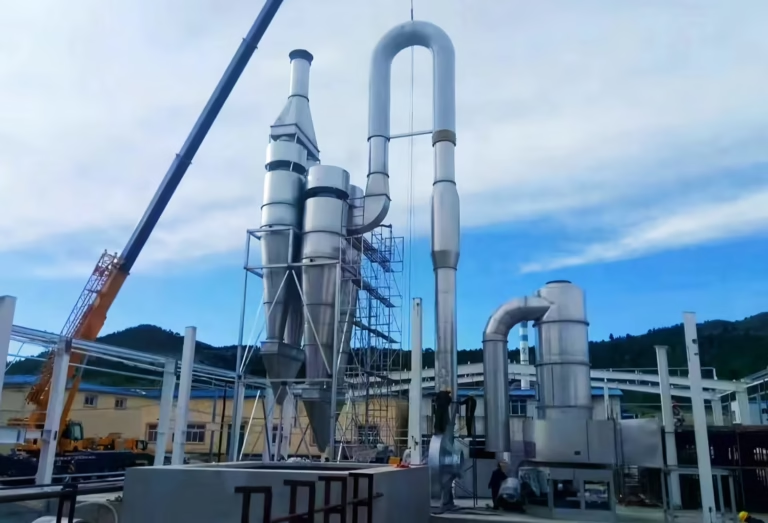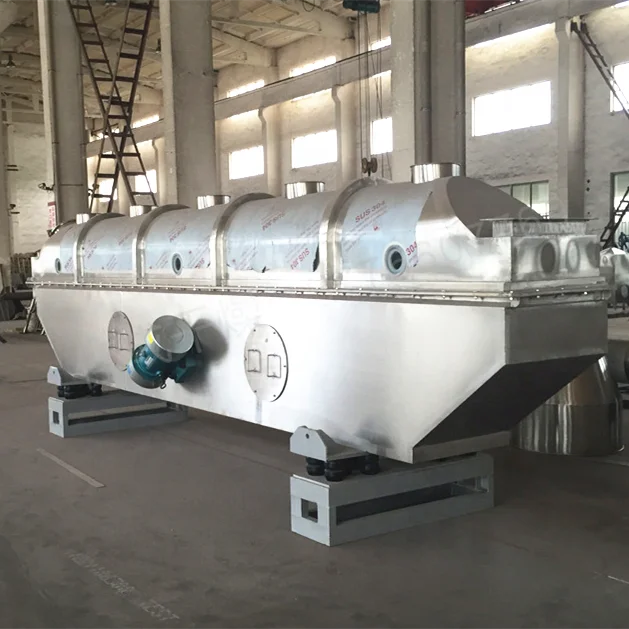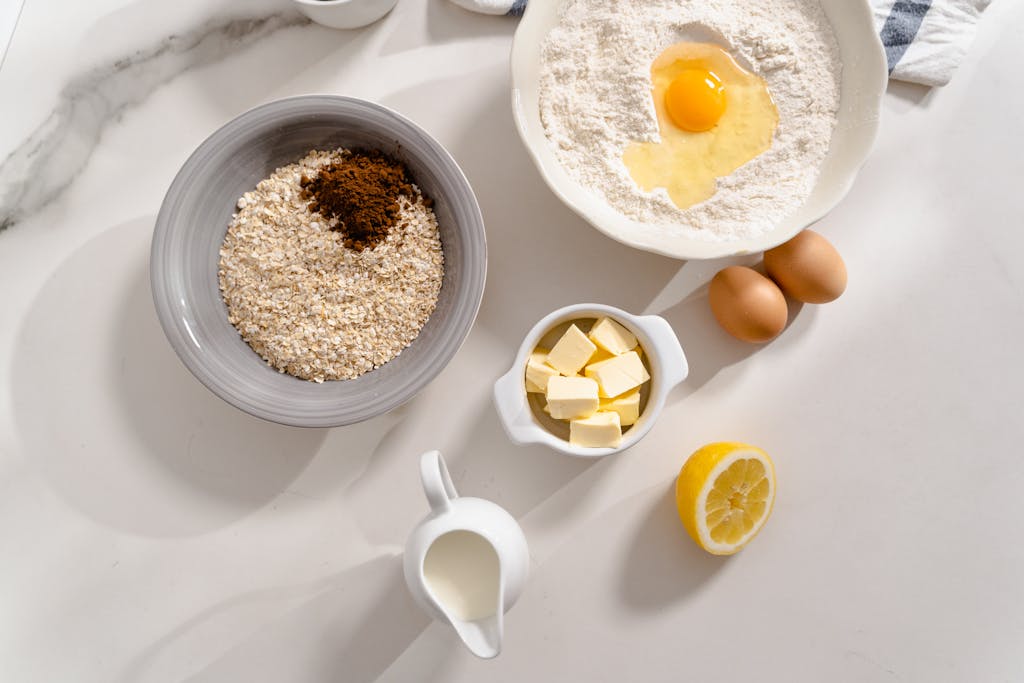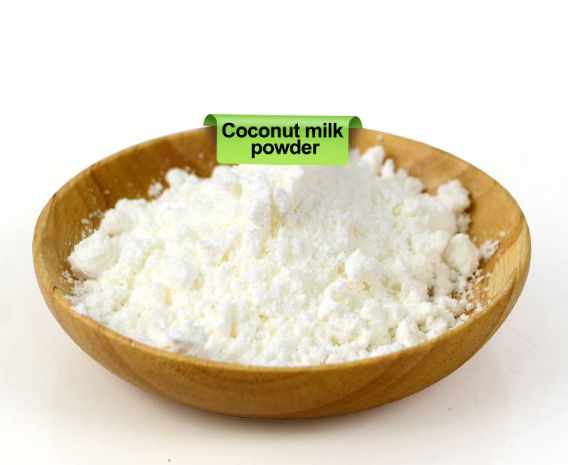喷雾干燥机设计计算 Excel 让任何人都可以轻松完成

You can use spray dryer design calculations excel tools to make your work much easier. Excel lets you handle heat and mass balances, run simulations, and even optimize your process. Many engineers like Excel because you get a user-friendly interface, the option to extend with VBA, and a cost-effective solution. See some key advantages below:
优势 | 描述 |
|---|---|
User-friendliness | You can navigate Excel easily, even if you are new to spray dryer calculations. |
Extensibility | You can add your own tools and functions with VBA for custom needs. |
Cost-effectiveness | Excel costs less than other engineering software, 为您省钱. |
关键要点
Excel simplifies spray dryer design by allowing easy organization of data and calculations. Use tables to keep your input parameters clear and accessible.
Utilize Excel templates to save time and reduce errors. Templates often include built-in calculators and educational modules for better understanding.
Implement mass and energy balance formulas in Excel to track material and energy flow. This ensures your spray dryer operates efficiently.
Use charts and conditional formatting to visualize data and highlight critical values. This helps you quickly identify trends and areas needing attention.
Regularly check your calculations for errors using Excel’s built-in tools. This practice ensures accuracy and reliability in your design process.
Setting up Excel for spray dryer design

Organizing input data and parameters
You start by collecting all the important numbers and facts for your spray dryer project. Experts suggest you use tables to keep everything clear and easy to find. You can list each parameter, give it a short description, and note how you will measure it. This helps you avoid mistakes and makes your work faster.
范围 | 描述 |
|---|---|
Model Predictive Control (MPC) | Anticipates system behavior and makes proactive adjustments. |
Fuzzy Logic Controllers | Handle complex, interdependent variables more effectively. |
Statistical Process Control | Identifies trends before they become problems. |
Focus on critical parameters like moisture content, 粒度分布, and air conditions. |
You should also pay attention to how you measure things. 例如:
Measure ambient air moisture with hygrometers.
Use pitot tubes or hot-wire anemometers for air volume measurement.
Calculate moisture contributions from combustion using accurate gas meters.
When you organize your input data this way, you make sure you do not miss anything important. You also make it easier to check your work later.
Structuring calculation sheets
You need to set up your Excel workbook so you can find and use your data quickly. Start by making one sheet for inputs and another for calculations. Use clear labels for each cell. You can color-code input cells to help you spot them fast.
Many people use spray dryer design calculations excel templates to save time. Some templates include built-in calculators and even VBA-based educational modules. These modules help you simulate and optimize your spray drying process. Here is an example:
Tool Type | 描述 |
|---|---|
Designed for simulation and energy optimization of the spray drying process, aiding in the development of spray dried products through a quality-by-design approach. |
提示: Always double-check your input cells and formulas before you start your calculations. This helps you catch errors early.
You can use these tools to make your work easier and more accurate. When you set up your sheets well, you spend less time searching for data and more time getting results.
Spray dryer design calculations Excel workflow
Mass and energy balance formulas
You can use Excel to solve the most important calculations in spray dryer design. Mass and energy balances help you track how much material and energy enters and leaves your dryer. When you set up these formulas in Excel, you make sure your process works as planned.
Here is a table with some standard formulas you will use:
Balance Type | Formula | 描述 |
|---|---|---|
Mass Balance | GaH1 + MsWs1 = GaH2 + MsWs2 | Relates inlet and outlet moisture in air and solids. |
Heat Balance | GaQa1 + MsQs1 = GaQa2 + MsQs2 + QL | Accounts for heat entering and leaving the dryer, including losses. |
Humid Air Enthalpy | Qa = Cs*(ΔT) + H.λ | Calculates enthalpy of humid air stream. |
Solid Stream Enthalpy | Qs = Cpds*(ΔT) + WsCpw(ΔT) | Calculates enthalpy of solid stream. |
You can enter these formulas directly into your Excel sheet. Use cell references for each variable, so you can change values and see results instantly. This method helps you avoid mistakes and saves time.
提示: Use named ranges in Excel for key variables. This makes your formulas easier to read and update.
Dryer sizing and scaling up
When you design a spray dryer, you need to decide how big it should be. You also need to know how to scale up from lab tests to full production. Excel helps you organize all the numbers and steps for this process.
Follow these steps to size your dryer:
List your target production rate.
Enter your inlet and outlet air conditions.
Calculate the amount of water you need to remove.
Use the mass and energy balances to find the air flow and heat needed.
Estimate the size of the drying chamber based on air flow and residence time.
You can use Excel’s built-in functions to automate these steps. 例如, use formulas to link your input data to your sizing calculations. If you want to scale up, you can adjust your input values and see how the results change. This approach gives you a clear path from small tests to large-scale production.
笔记: Many engineers use spray dryer design calculations excel templates to speed up this process. Templates often include built-in sizing calculators and charts.
Iterative calculations and optimization
Spray dryer design often needs you to try different values and see what works best. Excel makes this easy with its calculation tools. You can set up your sheet to update results automatically when you change an input.
For more advanced work, you can use Excel’s Solver tool or VBA macros. Solver lets you set a goal, like minimum energy use, and find the best settings for your dryer. 例如, you can ask Solver to adjust air temperature and flow to reach your target moisture content with the least energy.
Here is a table showing how experts use Excel for simulation and optimization:
Title | Authors | 年 | Focus |
|---|---|---|---|
An excel VBA-based educational module for simulation and energy optimization of spray drying process | Golman B. and Yermukhambetova A. | 2019 | Simulation and energy optimization in spray drying |
You can use these tools to test different scenarios quickly. This helps you find the best design for your needs. You also reduce the risk of errors because Excel handles the calculations for you.
Callout: Try using conditional formatting in Excel to highlight results that meet your goals. This makes it easy to spot the best options.
Spray dryer design calculations excel tools give you a powerful way to handle complex tasks. You can run mass and energy balances, size your dryer, and optimize your process—all in one place. This workflow saves you time and helps you make better decisions.
Visualizing and automating results

Charts and graphs for analysis
You can use charts and graphs in Excel to make your spray dryer data easy to understand. When you turn numbers into pictures, you spot trends and problems faster. 例如, you might use a line chart to show how outlet temperature changes over time. A scatter plot can help you see the relationship between air flow and moisture content.
To create a chart, select your data and choose the chart type that fits your needs. Bar charts work well for comparing different test runs. Pie charts can show how much each part of your process uses energy. You can also add labels and titles to make your charts clear.
提示: Use color in your charts to highlight important results. This helps you focus on what matters most.
Conditional formatting and data validation
Conditional formatting in Excel helps you spot critical values right away. You can set rules that change the color or style of a cell based on its value. This makes it easy to find numbers that need attention in your spray dryer design calculations excel workbook.
Here are some common conditional formatting techniques:
Technique | 描述 |
|---|---|
Data Bars | Show values as colored bars, making it easy to compare numbers at a glance. |
Icon Sets | Use icons to group data, so you can quickly see if a value is high or low. |
Highlight Cell Rules | Change cell color when a value meets a condition, like being too high. |
Top/Bottom Rules | Mark the highest or lowest values, helping you track key performance. |
Above/Below Average | Highlight values above or below the average, 对于质量检查很有用. |
You can also use data validation to control what users enter in your sheets. 例如, you can set a rule so users only enter numbers within a safe range. This reduces mistakes and keeps your calculations accurate.
笔记: Combining conditional formatting with data validation gives you a powerful way to manage and review your results.
Accuracy and troubleshooting tips
Error checking methods
You want your spray dryer calculations to be correct every time. Excel gives you several tools to help you find and fix mistakes. You can use these tools to check your work and make sure your results are reliable.
Check for formula errors. Excel will show you if something is wrong with your formulas.
Trace formula precedents and dependents. This helps you see which cells feed into your calculations and which cells depend on them.
Display worksheet formulas. You can view all the formulas in your sheet at once.
Evaluate formulas step by step. This lets you watch how Excel solves each part of a formula.
Remove precedent and dependent arrows when you finish checking.
You can also use these steps to dig deeper:
Trace Precedents: Find out which cells your formula uses.
Trace Dependents: See which cells use the value from your formula.
Evaluate Formula: Break down your formula into smaller steps to spot errors.
提示: Use these tools often. You will catch mistakes before they cause bigger problems.
Using templates and best practices
Templates help you start your spray dryer design faster. Many templates include built-in checks and clear layouts. You can use them to avoid common mistakes and save time.
Use color-coded input cells. This makes it easy to spot where you should enter data.
Add data validation. This stops users from entering values that do not make sense.
Keep your sheets organized. Use separate tabs for inputs, calculations, and results.
You should also remember that Excel has some limits. Some dryer plant operators struggle to understand heat and mass balances. This can make it hard to find ways to save energy or improve daily work. Always double-check your understanding of the process, not just the numbers.
笔记: Good templates and careful checking help you get the most from Excel. You will make better decisions and avoid costly errors.
You can use spray dryer design calculations excel tools to make your work faster and more accurate. When you organize your data and use templates, you save time and reduce mistakes. Many case studies show real benefits:
益处 | 描述 |
|---|---|
Energy Efficiency Optimization | You lower operating costs by calculating heat and mass balance. |
Capacity Improvement | You increase drying equipment capacity. |
Fuel Oil Savings | 你可以 最多保存 14% fuel oil with a 60% recirculation rate. |
环境影响 | You reduce harmful gas emissions by using less fuel. |
Try these steps in your own projects. Both beginners and experts can get better results with Excel.
常问问题
What are the main benefits of using Excel for spray dryer design?
You can save time, reduce errors, and make your work easier. Excel lets you organize data, run calculations, and see results quickly. You do not need special software.
Can I use Excel if I am new to spray dryer calculations?
是的! Excel is user-friendly. You can start with templates and simple formulas. Many guides and tools help you learn step by step.
How do I check my calculations for mistakes in Excel?
You can use Excel’s error checking tools. Try tracing formulas, using data validation, and reviewing your inputs. These steps help you find and fix mistakes fast.
What if I need to model a more complex spray drying process?
You can add VBA macros or use Solver for advanced tasks. These tools let you simulate, optimize, and handle more variables in your design.
Are there free templates available for spray dryer design in Excel?
是的, you can find free templates online. Many engineering forums and websites share ready-to-use Excel sheets for spray dryer calculations.

